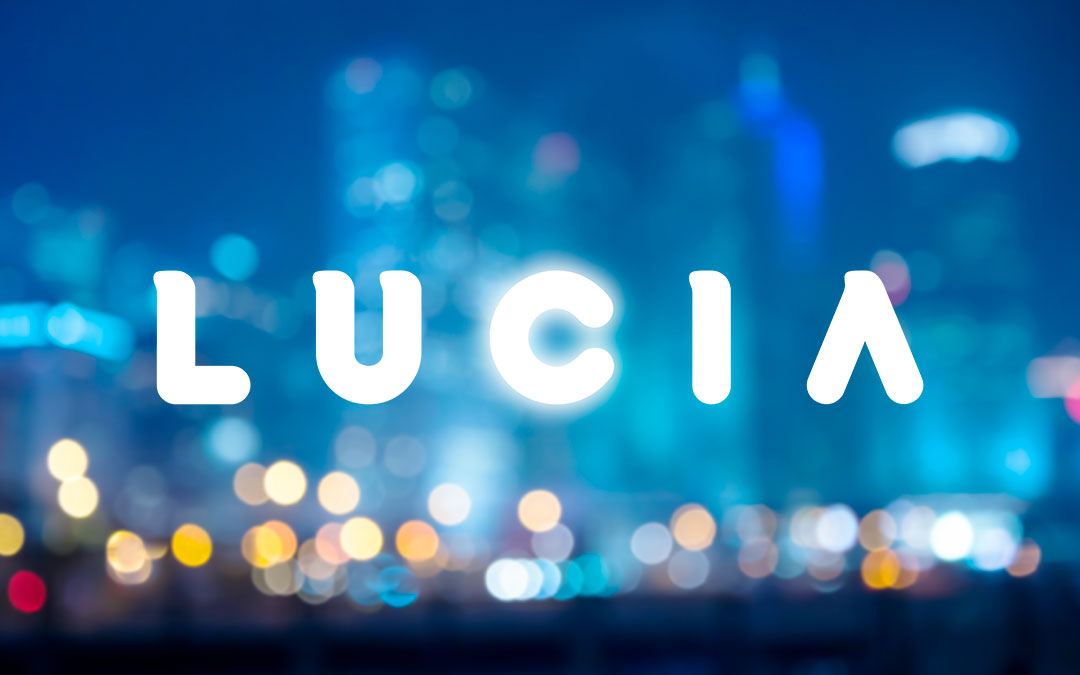“Lights On! Lighting the Baltic Sea Region” – this was the motto of the final event of the Interreg BSR project LUCIA, presenting solutions for the implementation of energy efficient, multifunctional and sustainable lighting. On September 22nd and 23rd, municipalities, lighting designers and other experts were invited to Tallinn and online to learn more about economic developments and social acceptance of lighting concepts in public spaces, innovative and smart lighting projects as well as planning and contracting in smart city lighting.
More than 100 participants took part online in five sessions over two days: #Ray of Light #Light down? #Lighten up the day #Lights up! and #Green Light. The event was organized by Tallinn University of Technology as the host, the Hamburg Municipality of Altona, the Hamburg office ZEBAU and aconium.
Urban lighting in public spaces
Thematically, the event focused on the pilot projects implemented by the LUCIA project partners. For example, in Jurmala, Porvoo and Hamburg, new lighting solutions were developed for public pedestrian and bicycle paths in central squares and commuter routes. The central question was: How can urban lighting be used in various ways in public spaces and contribute to the economic development of cities? Another vital aspect is the question of financing such projects, e.g. via subsidies.
Planning and implementation of lighting projects must be seen in an interdisciplinary way, as lighting solutions in public spaces have a variety of benefits. For example, it is important to provide sustainable outdoor lighting in order to protect wildlife, to include people with disabilities in public space design, or in order to promote social acceptance of public spaces to limit vandalism.
Leveraging innovative technologies
On the second day of the conference, the focus was on the LUCIA pilot projects in Tallinn, Albertslund, and St. Petersburg, where innovative technologies are being used for lighting solutions, for example, to adapt lighting conditions to the movement of people and different seasons. How can innovative technologies and planning and contracting processes be used effectively? was therefore one of the central questions discussed on the second day of the event.
The growing importance of smart lighting solutions and their procurement, the (creative) use of the right type of lighting, green procurement in contracting and the use of virtual reality technology in planning processes were also subject to joint discussions.
A highlight of the event was the expert presentation by Georg Houben, EU Policy Officer in the DG Energy of the European Commission. He presented the role of smart cities for the achievement of climate protection and sustainability goals in the EU.
Results in the LUCIA project
Within almost three years, the partners were able to develop various tools, implement pilot projects and gain experience that is now available to municipalities and lighting planners in the Baltic Sea region. For example, the LUCIA project developed factsheets on the topics of economic viability/planning and procurement/social acceptance/technology; two compendia collectively present the experiences and recommendations from the pilot projects; and the report on the implementation of co-creation processes shows why it is important to design planning processes inclusively and cooperatively with the public. A complete overview of all project results can be found on the project website.
About LUCIA
The central theme of the LUCIA project is sustainable and intelligent lighting solutions in cities and towns in the Baltic Sea Region. The aim of the project, which is funded in the Interreg Baltic Sea Region, is to enable municipalities to better exploit the enormous potential of energy-efficient urban lighting solutions in the future.
aconium supports the LUCIA project together with the Center for Energy, Building, Architecture and Environment GmbH (ZEBAU) in project, financial and communication management.

